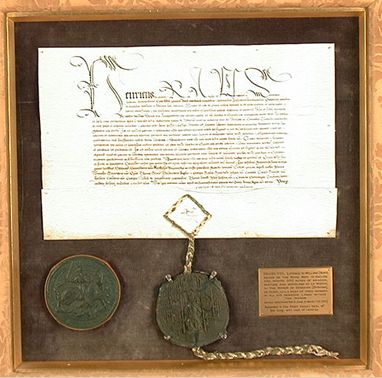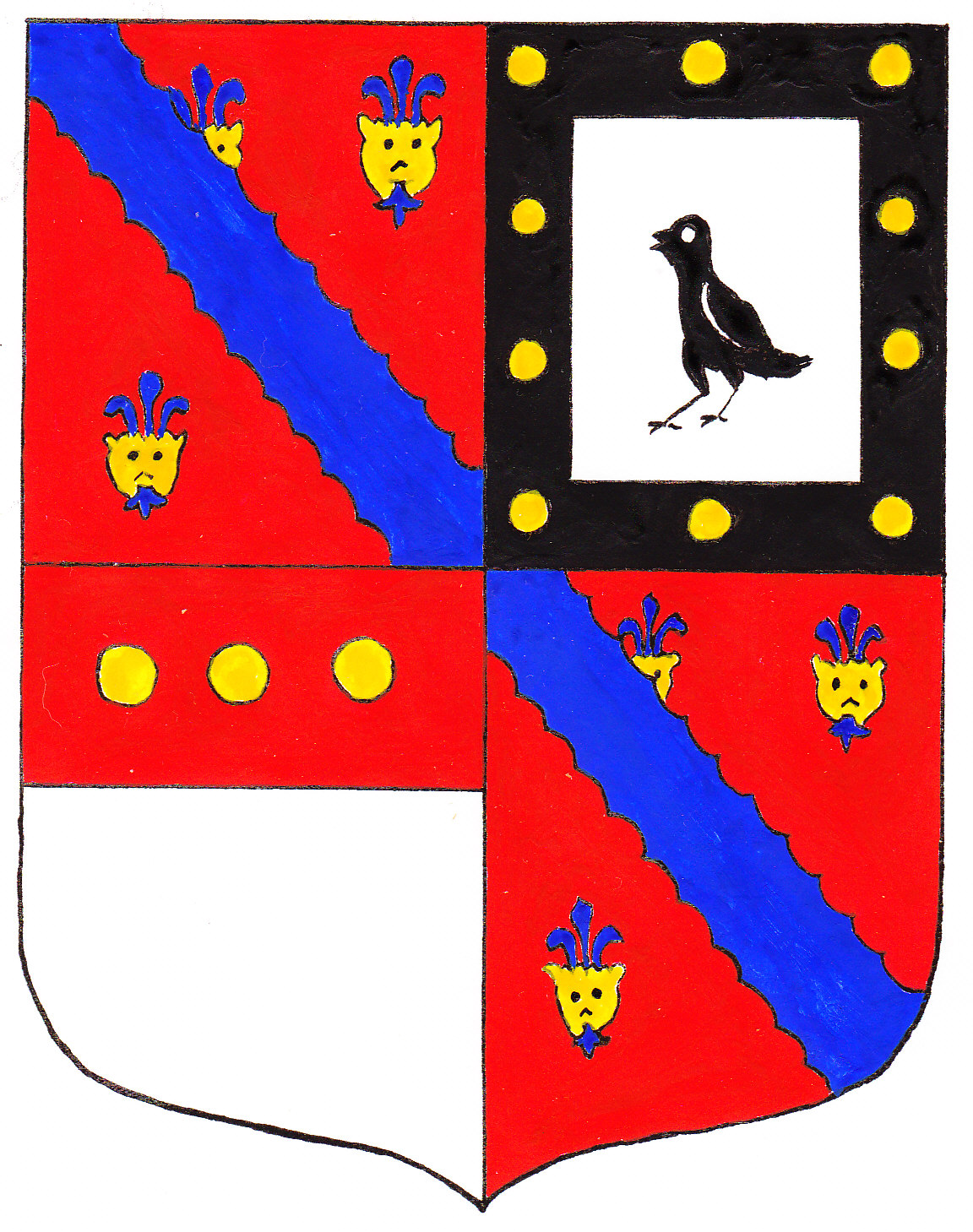|
Dyrham
Dyrham is a village and parish in South Gloucestershire, England. Location and communications Dyrham is at lat. 51° 29' north, long. 2° 22' west (). It lies at an altitude of 100 metres above sea level. It is near the A46 trunk road, about north of Bath and a little south of the M4 motorway. The Cotswold Way long-distance footpath runs through the village. Administration Dyrham is administered by the civil parish of Dyrham & Hinton and by the unitary authority of South Gloucestershire. The population of this parish was 296 at the 2011 census. History Dyrham is thought to have been the site of the important Battle of Deorham fought in AD 577 between the West Saxons under Ceawlin and Cuthwine, and the Britons of the West Country. The outcome of the battle was a decisive win for the West Saxons, allowing them to colonise three important cities, Glevum (Gloucester), Corinium (Cirencester) and Aquae Sulis ( Bath). The Domesday Book of 1086 records the tenant-in-chie ... [...More Info...] [...Related Items...] OR: [Wikipedia] [Google] [Baidu] |
Dyrham Park
Dyrham Park () is a baroque English country house in an ancient deer park near the village of Dyrham in South Gloucestershire, England. The house, attached orangery, stable block, and accompanying parish church are Grade I listed buildings, while the park is Grade II* listed on the National Register of Historic Parks and Gardens. The current house was built for William Blathwayt in stages during the 17th and early 18th centuries on the site of a previous manor house, with the final facade being designed by William Talman. It contains art works and furniture from around the world, particularly Holland, and includes a collection of Dutch Masters. The house is linked to the 13th-century church of St Peter, where many of the Blathwayt family are buried. The house is surrounded by of formal gardens, and parkland which used to support a herd of fallow deer. The grounds, which were originally laid out by George London and later developed by Charles Harcourt Masters, include water f ... [...More Info...] [...Related Items...] OR: [Wikipedia] [Google] [Baidu] |
William Denys
Sir William Denys (c. 1470–1533) of Dyrham, Gloucestershire, was a courtier of King Henry VIII and High Sheriff of Gloucestershire in 1518 and 1526. The surname is sometimes transcribed as Dennis. Origins He was the eldest son and heir of Sir Walter Denys (d. 1505) of Siston in Gloucestershire, by his 2nd wife Agnes Danvers, 2nd daughter & co-heiress of Sir Robert Danvers (died 1467) of Epwell, Oxfordshire, Chief Justice of the Common Pleas (1450–1467). The Inquisition ''post mortem'' of his father Sir Walter, dated 1505, states William his son and heir to have then been "aged 35 years and more", which suggests a date of birth of 1470. First marriage In about 1481 William's father arranged for him to marry Edith Twynyho, daughter of the wealthy Cirencester lawyer and cloth-merchant John Twynyho (1440–1485), whose monumental brass survives over his tomb in the south aisle of Lechlade Church, Glos. Twynyho served as MP for Bristol in 1472–1475 and again in 1484 and had b ... [...More Info...] [...Related Items...] OR: [Wikipedia] [Google] [Baidu] |


